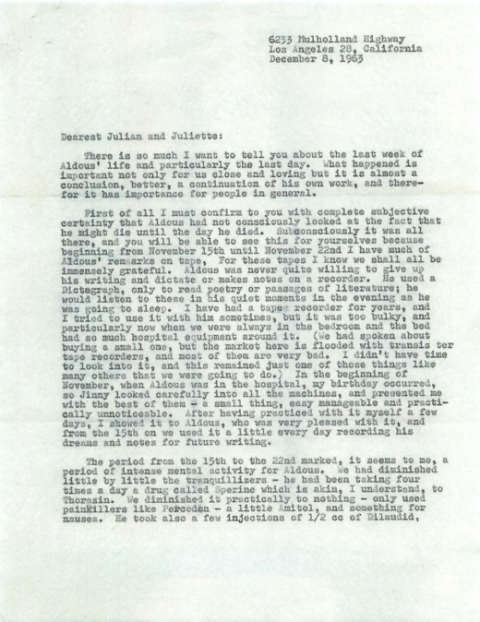I’ve seen Shakespeare performed all over the country, from Central Park to Golden Gate Park, and in every kind of adaptation imaginable. By far, the most memorable performance for me was a Noh staging of Othello, in Japanese, with masks and haunting chorus. I didn’t understand a word of it, but I spent the entire performance riveted by the culture shock of watching a play I knew so well transformed by a cultural vocabulary I didn’t. While I’ve sometimes bristled at best-selling literary critic Harold Bloom’s seemingly banal claims about Shakespeare’s “universal genius,” I cannot deny that the Bard’s work seems to translate across time and space without a loss of its incredible power and pathos.
Shakespeare-lovers in London this past spring were treated to a similar experience as mine, magnified by 37. As part of the massive World Shakespeare Festival, the Globe to Globe project presented an unprecedented opportunity for theatergoers to see all 37 of Shakespeare’s plays performed in 37 different languages at the bard’s own theater, the Globe. The plays (watch them here) were staged by some of the world’s top theater directors, with over six-hundred actors from “all nations” and attended by “audiences from every corner of our polyglot community.” In a time when various parts of Europe struggle to come to terms with increasingly multicultural demographics, this festival was an opportunity for a global theater fellowship of actors and audiences to come together in mutual appreciation and camaraderie.
The video above gives us a glimpse of several ceremonial, behind-the-scenes moments; before each performance, a member of the company sprinkled alcohol around the stage as an offering to the god of theater and wine, Dionysus. In a rapid montage, we see a dozen different actors from various plays sprint, skip, dance, and slide across the front of the stage, joyfully pouring libations. Afterward, another actor releases two balloons, one labeled The Globe, the other with the company’s name. The productions, all available to view online, are impressive not only for their linguistic range, but also for the range of costuming and stagecraft on display. Watch, for example, Troilus and Cressida in Maori, with a fierce band of Maori warriors stomping across the stage. Or see The Merry Wives of Windsor in Swahili by Nairobi’s Bitter Pill Company. To my delight, the Japanese production of Corolianus by the Chiten company features actors in Noh masks. As an added bonus, the Globe to Globe site has audio of actors from the various companies discussing their experiences of the festival in both their native languages and in English.
Related Content:
Shakespeare’s Satirical Sonnet 130, As Read By Stephen Fry
Impressionist Does Shakespeare in 25 Celebrity Voices
Josh Jones is a doctoral candidate in English at Fordham University and a co-founder and former managing editor of Guernica / A Magazine of Arts and Politics.



